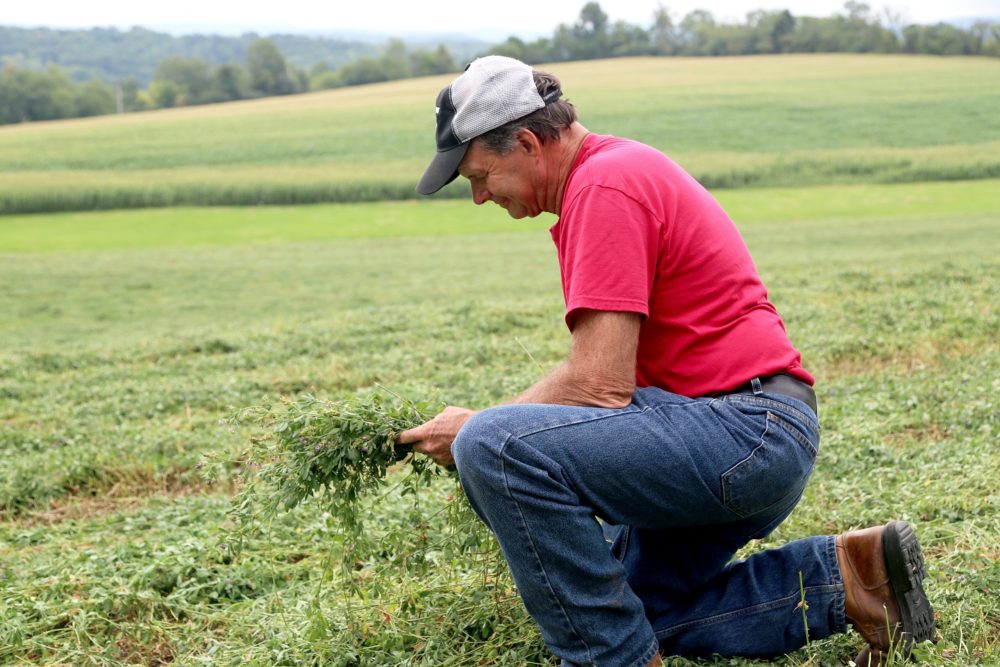Hay Makin’ Best Practices
April 2016
Producers who are selling hay, often worry about the color. Although color doesn’t affect nutrition, it often affects marketability. Many producers don’t know they can increase the quality of the forage without bleaching the color if they mow in a wide swath. Mowing in a wide swath and covering 70 percent to 80 percent of the cut area allows quicker dry down of leaves. When producers are using a wide swath to assist in leaf dry down or a conditioner to aid in stem dry down, they are using tools that allow them to get the crop off the field sooner. These best practices help decrease dry down loss, increase forage quality and increase next cutting yield.
Another best practice consists of making a conscious effort to increase fields’ forage density. Forage density is a term to describe the proportion of land that is covered by vegetation. A good place to start would be to check the field for open spaces where there is no growth or to test the soil to make sure it has the proper nutrients needed to yield a high-density forage crop. University of Wisconsin Forage Agronomist, Dr. Dan Undersander explains how harvesting a field with twice as much crop only increases the energy needed to harvest fifteen percent.
Learn more about Dr. Undersander’s recommendations for producing a better crop. Small efforts can yield large results.

*Advice or suggestions provided by Dr. Undersander are statements of general applicability that may or may not apply to businesses whose circumstances and operations may vary. The opinions of Dr. Undersander do not necessarily reflect the opinion of Vermeer Corporation, its dealers or its affiliates.

